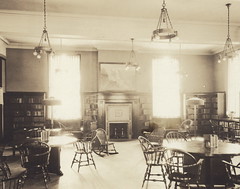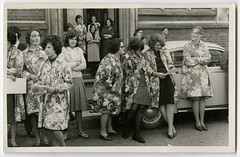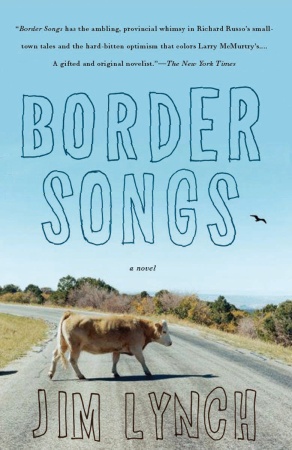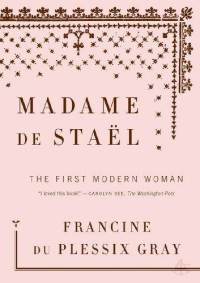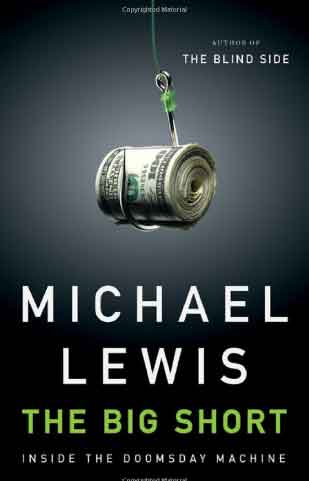Jenna shares her knowledge of Google and the Future of Books at the SFU Digital Strategies, Digital Publishing workshop.
Now, explaining the mysteries of Google’s
* Partner Program
* Library Project
* Google Editions
Google has the engineering quality and the data quantity to make them the leader today. Having more books means more content to index, more knowledge and more possible results. Plus, more pages to serve up with advertising, therefore more possible revenue for Google.
Google Book Search is possible because the scanned book data is integrated into general search results.
Partner Program targets publishers or rights owners (writers).
* Materials are indexed (from digital files from books that are digitized, printed books are scanned)
* Publisher decides what books are displayed and what percentage of the book can be displayed
* Material is browse only
* Buying options are available and the publisher can set the priority order of the buy links (i.e., publisher site listed first, then Amazon or other)
* Revenue stream is text ads
Google Book Settlement
* Started as the library project. They scanned entire library collections.
* Included books published up to 5 January 2009, includes orphan works, public domain works
* Google said “we’ll scan, you get a copy and we’ll get a copy too”
* Google will sell full-text access, which is why this is under review in the courts, read here “opt-out class action”
* Revenue streams: text ads, individual consumer purchase, institutional subscription fees
* Revenue share with the Book Rights Registry (which doesn’t exist right now)
Book Rights Registry
* Cost to run will be deducted from the publishers’ 60% revenue share
* In the partner program, there’s the publisher-Google relationship. In the settlement, the program requires you to pay for this additional level.
* In the partner program you can also see the insights (traffic, sales). Here, that info goes to the registry.
* The settlement has explicit rules that might attempt to overrule the existing author/publisher contract
The Settlement
* Because it’s opt-out, Google can now scan all the books it comes across regardless of whether the publisher/rights holder ignores Google or if rights holders have died or gone out of business.
* The settlement is the “other” category, it covers whatever is not covered by other agreements
* The settlement is not yet approved
* Books published after Jan 2009 are not part of the settlement
For Google, books are a giant database to be mined for content pages to index.
The deep mining of this data set means Google’s optical recognition software learns as it goes, making it the best.
Google Editions
* Not launched yet, concrete details
* Digital bookstore, not just discoverability (Partner Program), this is about sales
* Books are included by request
* Agency model pricing: 37-63% split
* This is the extension of the Partner Program. Users discover the books through Google Book Search and then buy via Google Editions
* Google will sell ebooks in whatever format and whatever geographic region where rights are held
The settlement is the default agreement and applies to eligible books (pre-Jan 2009) whenever another Google agreement isn’t already in place.
Google Editions may be combined with the Partner Program.
Regardless of the agreement, books will show up in Google Book Search.
Hey Publishers
* strengthen your own presence online
* optimize your site for search
* if you haven’t opted out of the settlement then claim all your books before 31 March 2011 (if you don’t claim your books, you get no cash payments)
* scan your own books (Google doesn’t give you a copy)
What now?
Full Google Books Settlement is available but don’t start at the beginning. Skip to Appendix M or N for the highlights.
(Joy’s insight: Google is creating incentives for rights holders to figure out how to sell your content more effectively.)

